Enchiladas al Estilo de Guadalajara 1918 (Guadalajara Style Enchiladas)
Pardo, Alejandro, Los 30 Menus Del Mes (México : Antigua Imprenta de Murguia, 1918), p. 54. [TX716.M4 P37 1918]
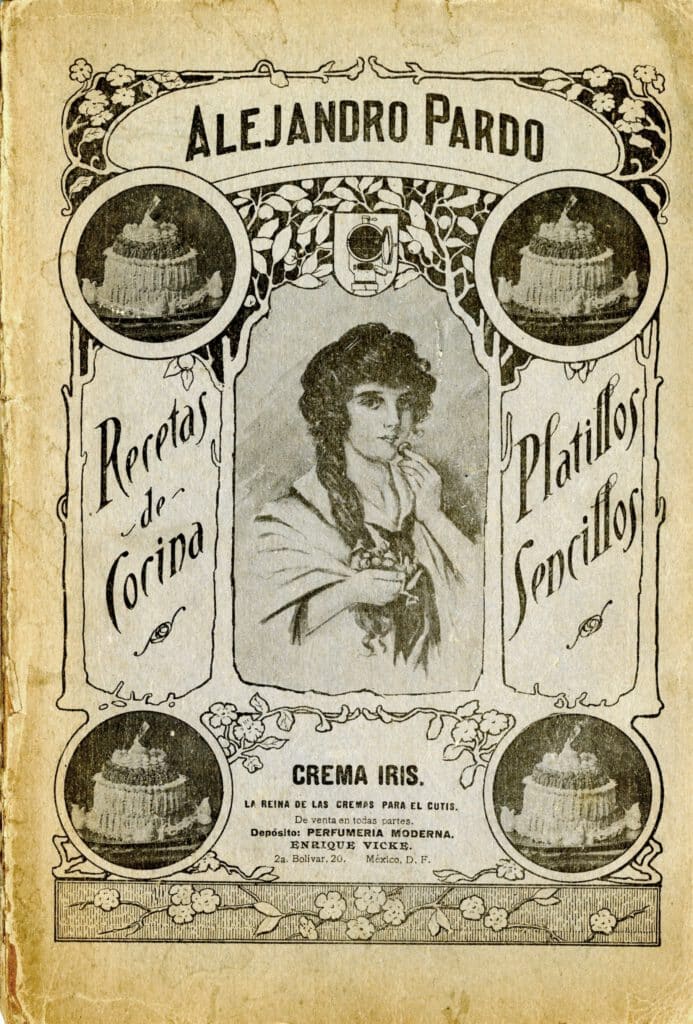
Enchiladas al Estilo de Guadalajara
Tortillas chicas 24, tomates amarillos y grandes 24, lomo de puerco 200 gramos, cebolla 100 gramos, cilantro 12 hojitas y jocoque un cuarto de litro.
Manera de hacerlas:
Los tomates se limpian quitándoles la cascara, se lavan con agua caliente y se ponen a cocer en un litro de agua con 10 gramos de sal gruesa, 3 dientes de ajo y una hoja de laurel, cocidos se les quita toda el agua, se dejan enfriar y se muelen en el metate con los ajos y el laurel.
En una sartén se fríen las tortillas con Manteca muy fresco. En otra sartén se ponen 50 gramos de Manteca bien caliente se le agrega la cebolla finamente picada, dorada, se le agrega el tomate molido y después de bien frito el tomate se retira del fuego, se le agrega el jocoque, el cilantro picado y se sazona con sal. La carne de Puerco se fríe primero y luego se cuece con agua y sal por espacio de 3 horas, cocido y fría se deshebra y se rellenan las tortillas, se enrrollan, se ponen en un platón y se vacía por encima de ellas las salsas bien calientes y bien sazonadas de sal.

Guadalajara-style Enchiladas
24 small tortillas, 24 large yellow tomatillos, 200 grams of pork tenderloin, 100 grams of onions, 12 leaves of cilantro and a quarter of a liter of Mexican-style sour cream (sometimes labeled as salted buttermilk or thin sour cream).
Method of preparation:
Remove the husks of the tomatillos. Wash with hot water and bring to a boil in one liter of water with 10 grams of cooking salt, 3 cloves of garlic and a bay leaf. Once cooked, remove all the water, allow the tomatillos to cool and grind with a mortar and pestle with the garlic and bay leaf.
In a skillet, fry the tortillas with very fresh lard. In another skillet put 50 grams of lard. Once hot add the onion, finely chopped. Once the onion is browned, add the crushed tomatoes. Once the tomatoes/tomatillos are well-fried, remove from the heat, add the Mexican-style sour cream, the chopped cilantro, and salt. Fry the pork, then cook with water and salt for 3 hours. Once cooked and cooled, shred it, fill the tortillas, and roll them up. Put the rolled tortillas on a large serving platter and pour the hot sauce over top, well seasoned with salt.
Guadalajara-style Enchiladas – Interpretation for the 21st century kitchen
*Using the shredded pork recipe from Diana Kennedy’s The Essential Cuisines of Mexico (2000), p. 500.
-
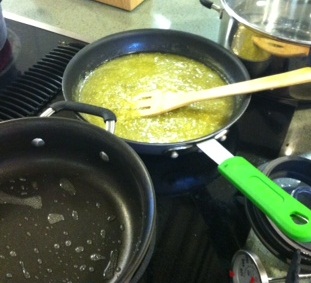
Salsa verde 24 small tortillas
- 24 large yellow tomatillos/tomatoes
- ½ pound pork tenderloin
- 2/3 cup finely chopped white onion
- 1 ½ tsp. salt
- 3 cloves garlic
- 1 bay leaf
- 12 leaves of cilantro
- 1 cup Mexican-style sour cream or salted buttermilk.
- ¼ cup lard or vegetable oil
- Cut the meat into cubes. Put it into a saucepan and cover with cold water. Add salt.
- Bring to a boil, lower heat and simmer until just tender—about 45 minutes. A meat thermometer in the middle of a piece of pork should read at least 145*Fahrenheit.
- Remove from heat and let meat cool in broth. Drain (reserve broth). Shred meat using two forks and add salt as needed.
- Remove the husks of the tomatillos and wash in hot water.
-

Enchiladas al Estilo de Guadalajara Place the tomatillos in a saucepan with 4 cups of water, 1 ½ tsp. kosher salt, 3 cloves of garlic and a bay leaf. Bring to a boil, reduce the temperature, and simmer for 10 minutes.
- Once cooked, drain the tomatillos. Once they cool slightly, grind them in a blender with the garlic and bay leaf.
- In a skillet, fry the tortillas with very fresh lard.
- In another skillet heat ¼ cup lard or vegetable oil. Once hot, add the finely chopped onion.
- Once the onion is browned, add the crushed tomatillos.
- Once the tomatillos are well-fried, remove the pan from the heat. Add Mexican-style sour cream, chopped cilantro, and salt to taste.
- Fill the tortillas with shredded pork, and roll them up.
- Place the rolled tortillas on a large serving platter and pour the sauce on top. Season with salt to taste.
Recipe Notes:

To enchilar means to add or to cover in chili. Enchiladas are thus essentially tortillas dipped or covered in a chile-based sauce, whether filled or not-filled, rolled or folded. Although various types of enchiladas are made everywhere, certain ingredients have regional affiliations. According to Mexican Chef Ricardo Muñoz, enchiladas verdes (made with tomatillo salsa) are most common in the central states of Mexico, while enchiladas rojos (made with salsa of tomatoes or sometimes simply ancho or guajillo chiles) are most often encountered in Zacatecas, Guanajuato and Aguascalientes. Techniques also vary by region. Again, in the central states, the tortillas are usually fried and then dipped in salsa before rolling; in the north, the tortillas are often dipped prior to frying; and in the southeast, the tortillas are sometimes not fried at all, but simply dipped and wrapped.[1] Tonight’s enchilada recipe is somewhat unusual in omitting the dipping step, resulting in dry-rolled enchiladas topped with salsa. Like most enchiladas served in Mexico,[2] but unlike most served in the U.S., this recipe does not bake the enchiladas in their salsa. The enchiladas should be rolled, topped, and immediately served.
Observant readers may notice that the original recipe calls for “tomates amarillos,” which can be translated as either yellow tomatoes or yellow tomatillos. Most cookbooks from the central states of Mexico, however, use “tomate” for tomatillos and “jitomate” for tomatoes. Furthermore, the recipe directs the cook to “quitándoles la cascara” or peel the tomates after cleaning, but before cooking. Peeling tomatoes without blanching them first is extremely difficult to do, and usually not beneficial, so it seems more likely that Alejandro Pardo is directing his readers to remove the outer husk of the tomatillos before cooking.
“Amarillo” remains something of a mystery, as most tomatillos are quite green. Perhaps the color-descriptor referred to the external husk being yellowish-brown and fully ripe; or perhaps Pardo knew of and specifically wished to prescribe tomatillos with a lighter more yellowish-green color. There is also a possibility that he did intend for yellow tomatoes to be used, and to be peeled prior to cooking. Historical cookery requires a great deal of interpretation, experimentation, and sometimes simply guesswork. Fortunately, tomatoes and tomatillos can be substituted for each other in most recipes with reliably delicious results.
[1] Ricardo Muñoz, Diccionario Enciclopédico de Gastronomía Mexicana (México : Editorial Clío : Fundación Herdez, 2000), 237
[2] Rick Bayless and Deann Groen Bayless, Authentic Mexican: Regional Cooking from the Heart of Mexico (New York : W. Morrow, 1987), 153.

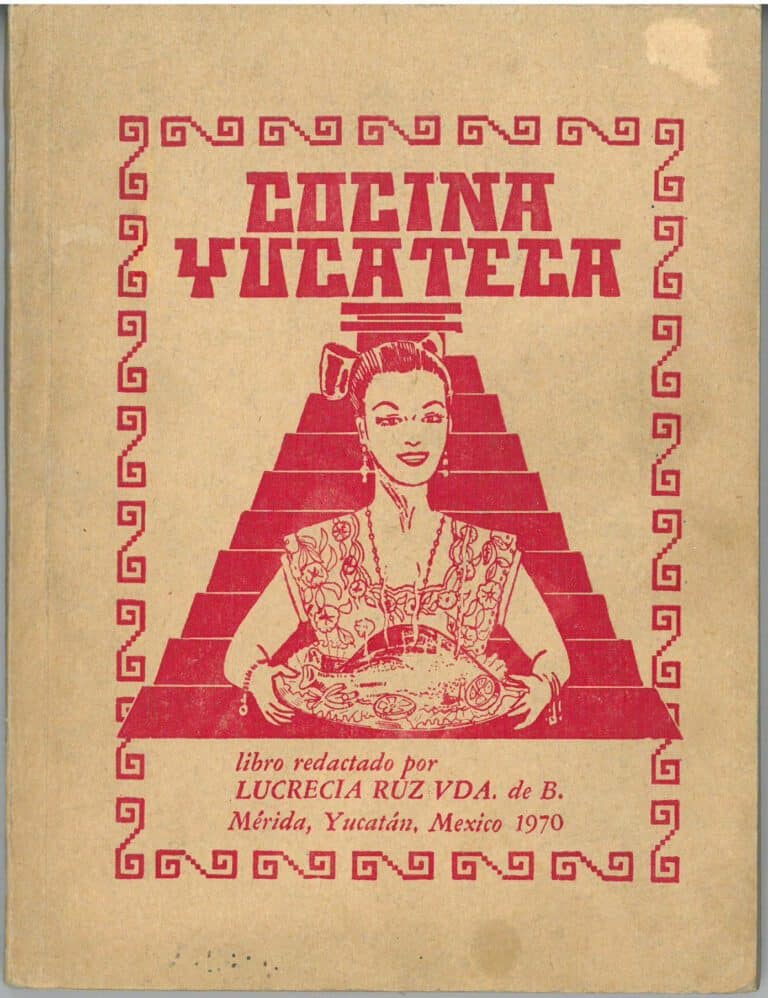
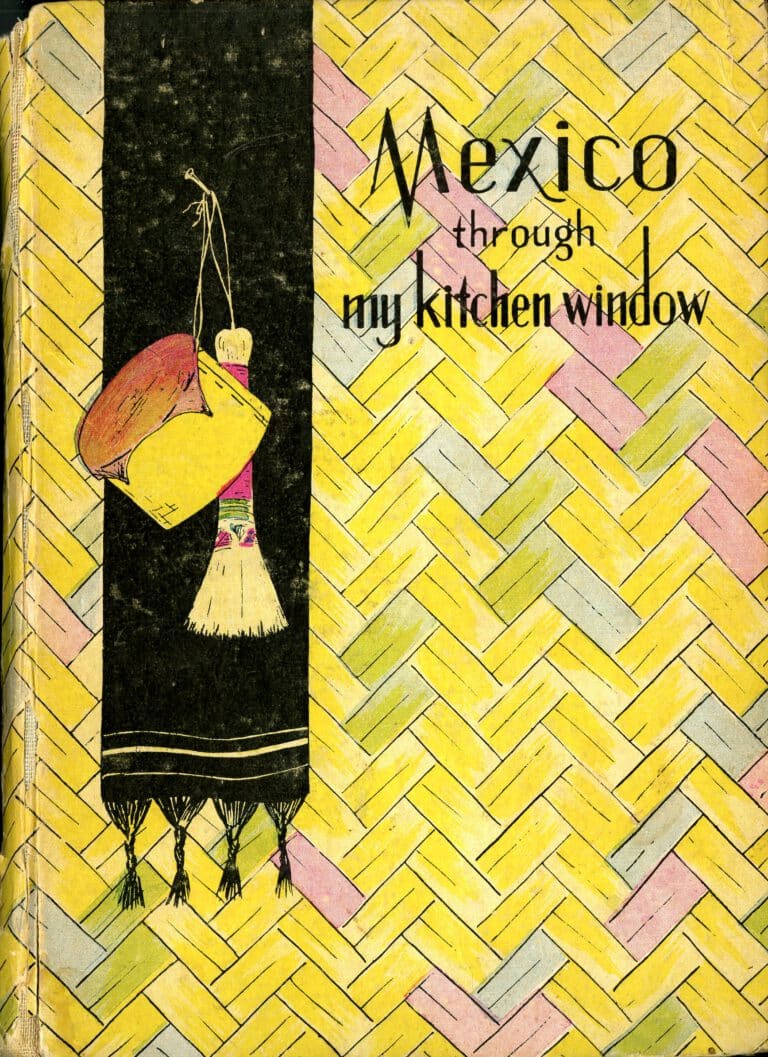
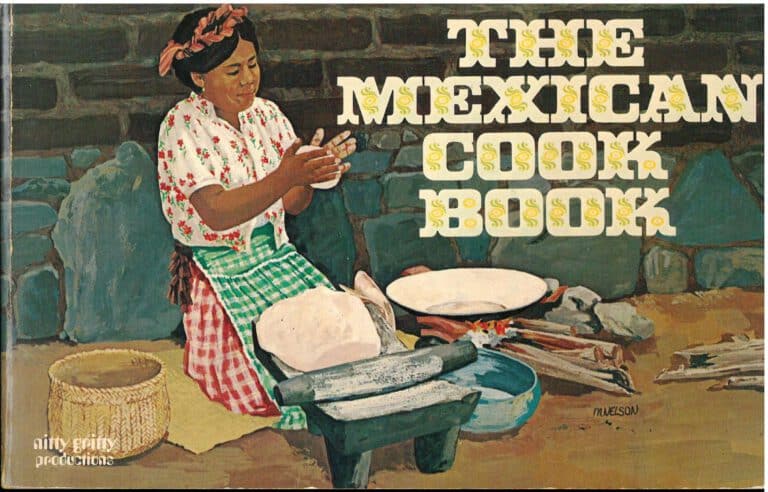
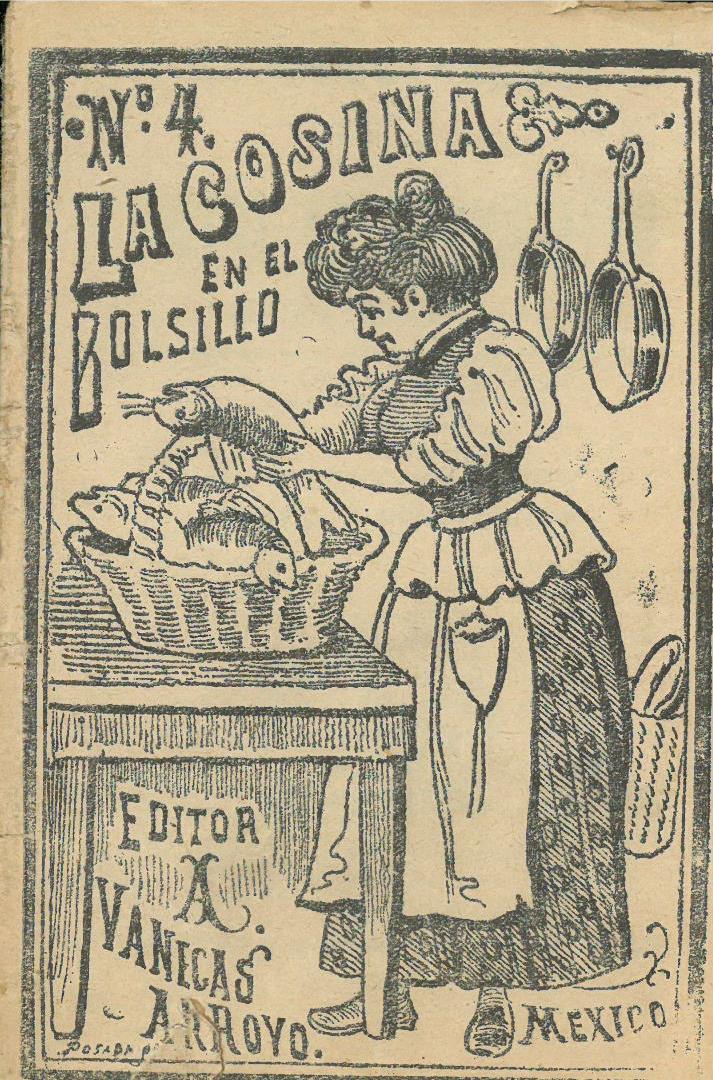
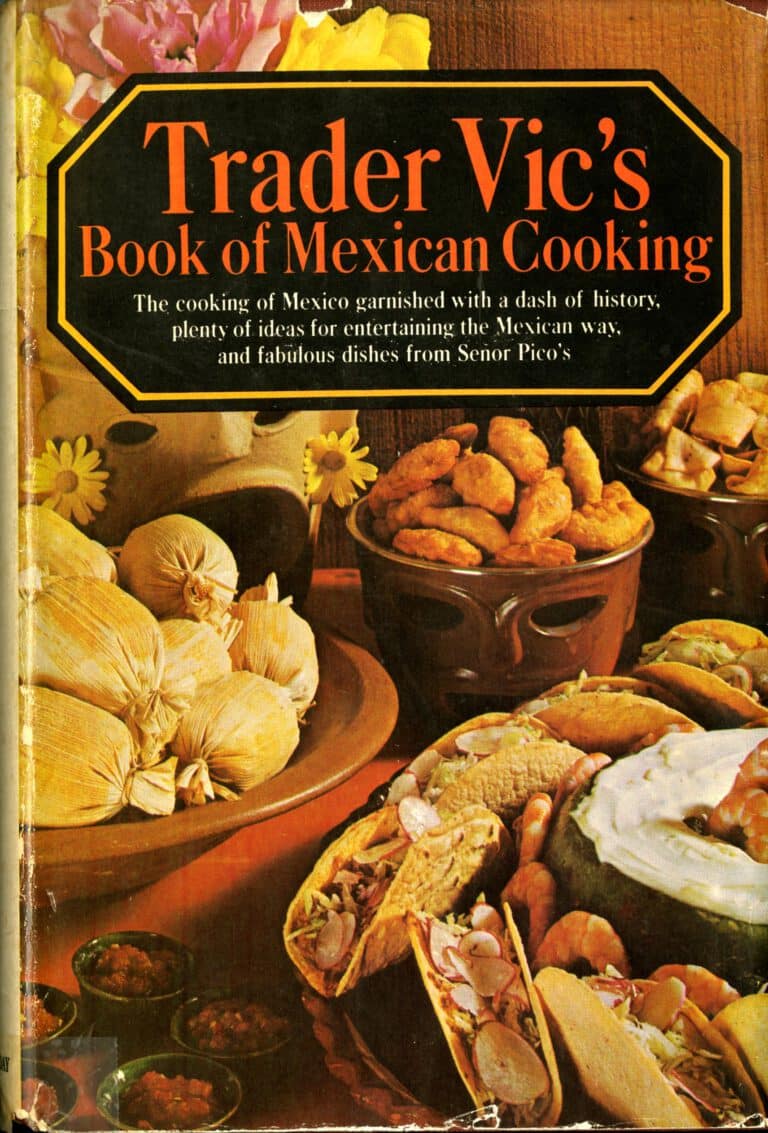
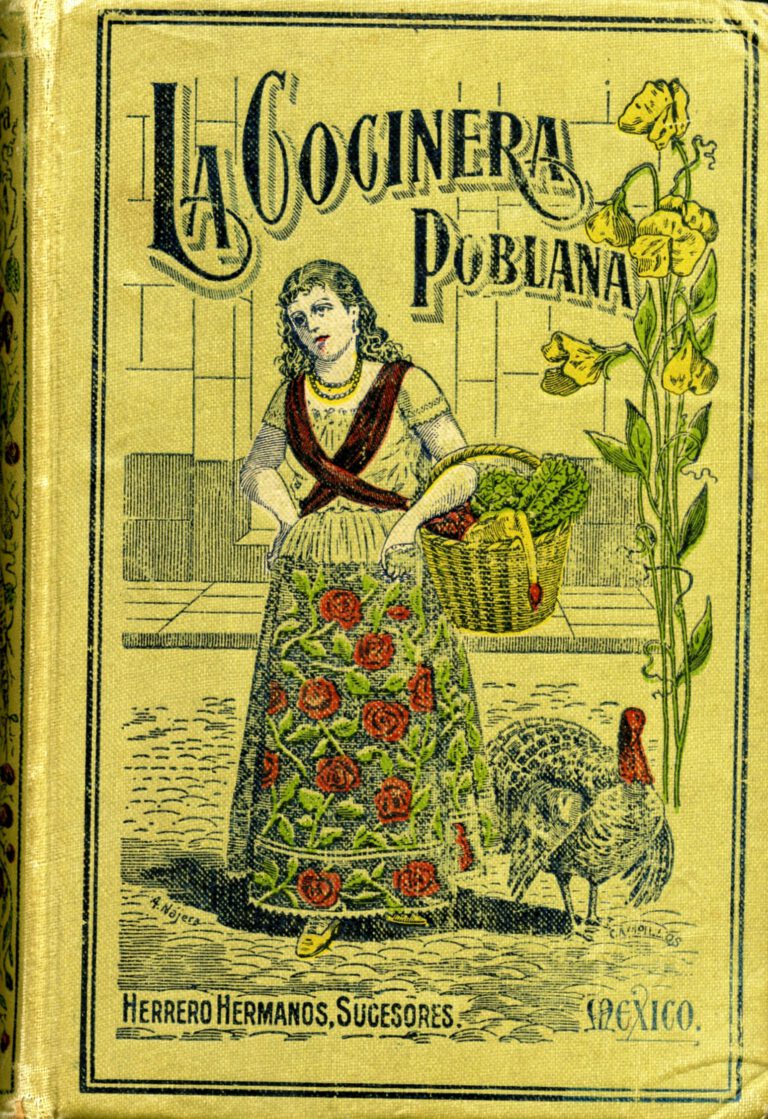
One Comment